Whether you’re trying to “eat the rainbow” or simply introduce a pop of color to your garden, discover these stunning and nutritious purple vegetables to grow and eat!
Purple vegetables are eye catching and highly nutritious. Purple vegetables are packed with essential vitamins, minerals, and antioxidants. And, they’re delicious! Something about that deep, rich, noble color makes these vegetables taste better than their other-colored counterparts. Purple vegetables can also be more appealing to children and are a great way to encourage your kids to eat their “greens.”
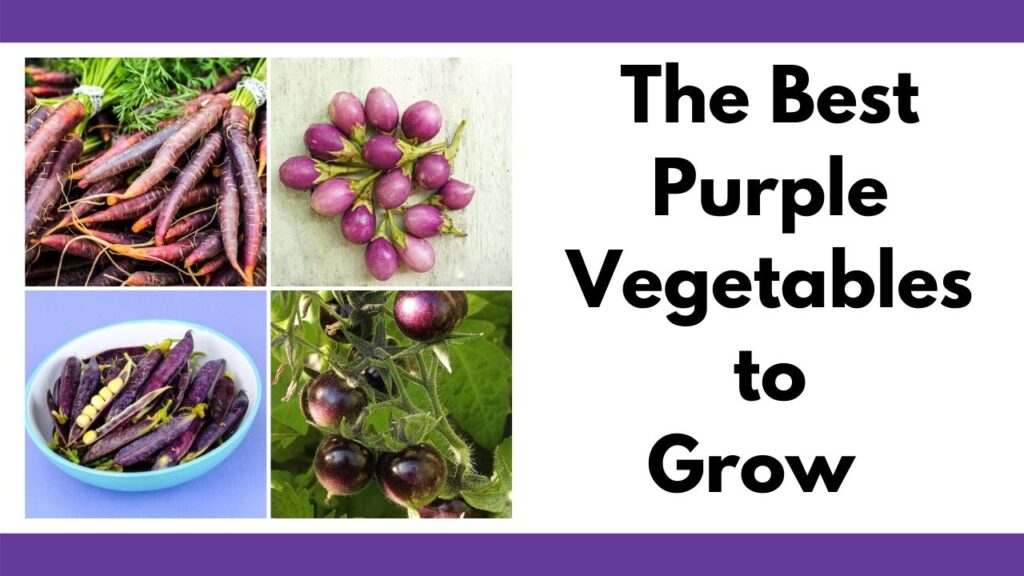
Table of Contents
Purple vegetables benefits
Besides their visual appeal, are purple vegetables really that good for you? It turns out that they are!
Purple vegetables contain anthocyanins. Anthocyanins are flavonoids and powerful antioxidants. They are responsible for the red and purple hues in many popular fruits and vegetables. In general, there is a direct relationship between the richness of a fruit or vegetables blue/purple color and its antioxidant content. The deeper the blue or purple color, the more anthocyanins are present. (source)
This meta-analysis of anthocyanins has a great deal of information about anthocyanins and their potential health benefits and uses if you want to know more about these powerful compounds.
Top benefits of purple vegetables
Antioxidants reduce inflammation. Diseases like diabetes, arthritis, heart disease, asthma, and some cancers are magnified by on-going inflammation. Including more purple vegetables in your diet may alleviate or prevent some of these symptoms.
Anthocyanins also have demonstrated effectiveness in lowering blood pressure and improving cardiovascular health.
They may prevent age-related declines, too, according to a study on purple potatoes and their effectiveness in improving memory.
Purple vegetables, specifically purple potatoes and purple corn, have been shown to have cancer-fighting potential. (source for study with potatoes, source for purple corn study)
Do you love purple? Be sure to check out these purple flowering bushes!
Purple vegetables to grow
This post includes affiliate links, which means I may earn a commission on purchases made at no additional cost to you.
Although purple vegetables have gained greater mainstream popularity, they can still be difficult to find in “normal” grocery stores. The best way to ensure you have fresh, high quality purple vegetables is to grow them yourself.
Growing purple vegetables is also a great way to enhance your health and your garden’s beauty. Many purple vegetables also attract pollinators who love bold colors.
From sun-loving tomatoes to cold-tolerant carrots and kales, there is a purple vegetable variety for every season!

Purple Carrots
The history of carrots is long and intriguing. In the beginning, they were purple and yellow, not orange. Orange carrots didn’t become a thing until the 1500s, and according to the Mythbusters crew, it was all due to politics and fashion. Of course!
Thankfully, nowadays, purple carrots are enjoying a comeback, and we all get to benefit from enjoying their unique flavor and nutritious properties.
Purple carrots are fun to use since they have deep purple exteriors and white, yellow, or orange centers. They really brighten up a salad! There isn’t just one variety either; there are many cultivars with varying sweetness and shades of purple.
Discover how to grow purple carrots in this post.
Purple Carrot Seeds
Purple carrot seeds can be difficult to find in local big box stores. Here are a few options online:
Black Nebula
The black nebula carrot is so deep purple it's virtually black! They're crunchy, earthy, and mild when raw and turn sweeter when cooked. Add them to a smoothie with a splash of lemon juice and watch them turn bright pink!
Dragon Purple
The dragon purple is purple on the outside and orange on the inside! Kids will love this half-long (6-8" carrot). It's great for heavier soils and tighter plantings than longer carrots.
Purple Cauliflower
Purple cauliflower is a recent star in the purple vegetable world. Amazingly, it contains 15% more antioxidants than kale, the so-called superstar of antioxidants. Purple cauliflower is also rich in vitamin C and K with a healthy dose of folate, B6, and manganese. (Read more about purple cauliflower nutrition information here.)
Purple cauliflower tastes a bit sweeter and nuttier than white cauliflower. Roast purple cauliflower for a wonderful, rich flavor, or add it raw to salads. It keeps its color after cooking, which increases its appeal on the dinner plate. Maybe the kids won’t eat plain white cauliflower, but introduce them to this vibrant variety, and they may change their minds.
Purple Cauliflower Varieties
You'll never settle for white cauliflower again after you've tried one of these spectacular purple cauliflower varieties!
Purple Sicilian Cauliflower Seeds
This stunning purple Sicilian cauliflower turns bright green when cooked! It's an heirloom variety, not a hybrid, with a beautiful vibrant purple hue. It's also a fairly quick grower at 60-85 days to maturity after transplanting.
Graffiti Heirloom Cauliflower
This Grafitti cauliflower is resistant to bacterial diseases. Give it a try if you've had trouble with cauliflower diseases in the past.
Purple Crush Cauliflower
Purple crush is a newer purple cauliflower that's said to have large, well-domed heads and a sweet, mild, nutty flavor.
Purple Potatoes
Many folks think potatoes come in one color and flavor, which couldn’t be further from the truth. Do yourself a favor and grow or buy some purple potatoes.
There are many varieties of purple potatoes, some that keep their color during cooking and others that don’t. All of them, though, are rich in potassium, vitamin B6, vitamin C, antioxidants, and fiber.
Purple Kale
If you’ve visited the South in the winter, you’ve probably seen decorative flowering purple kale. There are several varieties of purple edible kales that are just as pretty and delicious, too!
Kale is known as the superfood antioxidant queen of the vegetable world. It’s also classified as a “nutritional powerhouse” by the CDC. Purple kale is even more nutritious and antioxidant-packed. Kale is easy to grow for much of the year in most parts of North America. It’s delicious in salads when you pick it small and tender. Larger leaves are perfect for soups, stews, kale chips, and more.
Discover how when and how to harvest kale. It’s easy!
Purple Kale Varieties to Try
Red Russian Kale has a stunning reddish purple stem. It tends to be more tender and sweeter than other kale varieties, especially in warm weather. It's very versatile and can be grown in virtually any zone in full sun or partial shade.
Curly Kale Scarlet Heirloom
This curly scarlet kale is stunning and extremely cold tolerant. It will grow in the snow and can survive down to temperatures of 0ºF! Enjoy fresh vegetables all winter long when you plant curly scarlet kale.
Purple Kohlrabi
Kohlrabi isn’t a vegetable found on most American’s dinner table, but that needs to change.
Kohlrabi comes in green and purple. I personally prefer purple kohlrabi (and not just because purple is my favorite color.) Purple kohlrabi varieties like the Purple Vienna that I’m growing this year are quicker to maturity, which means you’ll enjoy your spring or fall crop early.
Kohlrabi looks like a turnip, but don’t let that deter you. The flavor is crisp and sweet and tastes amazing raw in a salad or slaw. Roasted kohlrabi is a delicious treat, too. Plus, kohlrabi is rich in vitamin C, potassium, and fiber. They are super easy to grow and even easier to eat.
Kohlrabi is easy to grow from seed, so there’s no reason to hunt around for transplant seedlings at the store. It’s a cool season crop which means you can grow it in both spring and fall!
Purple Cabbage
Raw or roasted, purple cabbage always looks beautiful and tastes delicious. It is commonly used in coleslaw, salad mixes, and stir-fries. Even better, fermented cabbage in sauerkraut or kimchi provides good gut-healing probiotics.
Purple cabbage is high in vitamin K, vitamin C, and calcium. The flavor of purple cabbage is a bit stronger than the green type, with a slight peppery taste when raw.
There are various types of cabbage, including round headed cabbages, more slender pointed cabbages, Chinese napa cabbages, and Asian pak choi or bok choy cabbages. Slender headed cabbages and pak choi are easier if you’re just starting your cabbage growing journey.
Learn how to plant and grow cabbage in this post.
Purple Cabbage Seeds
50 Seeds Purple Pak Choi Cabbage Seeds
These stunning Asian-style pak choi purple cabbages produce edible greens in as little as three weeks! They're delicious in stir fries.
Heirloom cabbage Kalibos seeds
This stunning heirloom cabbage has pointed leaves and is sweeter than most cabbages. It's perfect for shredding and eating raw in cole slaw!
Purple Round Cabbage
Purple round cabbages are ornamental, delicious, and can even be used as dye. Companion plant with herbs like rosemary and mint to ward off the cabbage moth that loves to eat this delicious cabbage.
Purple Tomatoes
Like carrots, tomatoes somehow became associated with one color, and that color isn’t even the original one. Tomatoes, at first, were orange or yellow, not bright red!
Now tomatoes are available in a wide range of colors, including purple. Purple tomatoes are among the most prized by chefs and gourmets.
Their flavor is rich, smoky, and complex, something you’d not expect from a tomato, a unique experience that should not be missed! All tomatoes contain the antioxidant lycopene. And, that makes purple tomatoes doubly amazing with antioxidants – lycopene and anthocyanins.
Some purple tomatoes have a very deep indigo color that’s almost black. Other “purple” varieties, like the Cherokee Purple, have more of a dusky chocolate color. I personally find Cherokee Purple difficult to grow for beginners and recommend growing a smaller tomato if you’re not used to growing your own tomatoes.
According to the Oregon State University Extension office, the Indigo Rose cherry tomato is the first really purple tomato variety bread for high levels of antioxidants.
Since many deep purple tomatoes are cherry tomatoes, be sure to read this guide on how to harvest and preserve cherry tomatoes.
Purple Tomato Seeds
Black cherry tomato seeds
These black cherry tomatoes are a beautiful deep indigo color and lots of anthocyanins in its fruit.
To tell if your Indigo Rose tomatoes are ripe, watch for when the skin changes from a shiny blue-purple to a more dull purple brown.
Anthocyanins only develop when the fruit is exposed to sun. Deep shade may leave areas of the tomato skin green. You can expose the fruit, even picked tomatoes, to sunlight to make green areas develop anthocyanins and turn purple within about a week.
Rare Organic Tomato Seeds - American Blue
The "American Blue" tomato is another smaller purple tomato that looks stunning in your garden and is great for fresh eating.
Purple Okra
Okra gets a bad rap, and I was among the haters until I tried purple okra. The flavor, texture, and inherent sliminess are significantly different than their green cousins.
Purple okra is also called red or burgundy okra because the color varies along the pod from a purple hue to a reddish one.
Purple okra is best lightly oiled and salted, then roasted. Crunchy, flavorful okra tidbits are excellent added to salads. Purple okra is rich in magnesium, antioxidants, folate, vitamin A, and fiber.
If eating okra isn’t your thing, purple okra has stunning pods and pretty flowers that brighten up a summer garden.
Heirloom Okra Seeds
This heirloom okra is stunning the garden! Okra is a quick-growing summer crop that fills your garden with blossoms and pretty pods. Make sure to pick them young and tender for their best flavor.
Eggplant
Usually the first thing people think of when it comes to purple vegetables, eggplant deserves its notoriety as the quintessential purple vegetable. Interestingly, not all eggplants are purple, but many are.
Sadly, many people claim to dislike this vegetable. Mostly, this is due to flawed preparation. Try out a recipe for roasted eggplant, and you’ll see why this purple vegetable deserves to be revered at the dinner table. Eggplant is high in B vitamins, potassium, fiber, antioxidants, and minerals.
Heirloom Eggplant Seeds
Don't settle for the big (and dare I say, somewhat boring) variety commonly seen at the grocery store. Try some of these heirloom eggplant varieties:
Patio Baby Eggplant
This dwarf patio eggplant grows only 16-20" tall and is perfect for container gardening. It rarely needs staking since it's compact and each plant can produce two dozen beautiful little eggplants.
Long Purple Eggplant
This long purple heirloom eggplant bears fruits that are 8-10" long, slender, and tender.
Eggplant Mix Seeds
Can't decide which eggplant to grow? Grab a mix of 11 eggplant varieties including the lovely purple and white striped Italian Listada De Gandia, Oriental Fingerling eggplant, disease resistant Diamond Eggplant, and more!
Purple Sweet Potatoes
High in vitamin B6, fiber, potassium, antioxidants, and vitamin C, purple sweet potatoes are superstars of the purple food world.
Originally cultivated in Japan, these sweet potatoes are slowly becoming popular across the globe. I’m personally fond of Molokai purple sweet potatoes since I used to enjoy fresh, locally grown ones when I lived in Hawaii.
Purple sweet potatoes keep their color after cooking, which adds to their charm and appeal. We eat with our eyes first, and purple sweet potatoes are rewarding to the eyes and taste buds. Purple sweet potato french fries, anyone?
Sweet potatoes can be grown from seeds or slips. It’s easier to start with a pre-rooted slip or a tuber, not true seeds.
Purple Sweet Potatoes
Molokai Purple Sweet Slips
Growing purple sweet potatoes is easy when you get these rooted potato slips! Molokai purple sweet potatoes are small, brilliant purple, and delicious.
Fresh Purple Flesh Ubi Sweet Yam Potatoes Tubers
If you want a larger purple sweet potato, the Japanese purple yam is for you! Ubi can grow incredibly large with a return of 10-30 pounds of yam from 1 pound of starter tuber.
Purple Bush Beans
Beans aren’t always green, and we are so thankful for that. They taste almost the same as green beans, but vibrant purple green beans look look exceptional in salads or arranged in a raw vegetable tray. Their purple flowers are edible, too, and delightfully sweet and crisp.
Purple bush beans lose their purple color when cooked, so make sure to admire their pretty purples before throwing them in the pot.
I personally enjoy growing Royal Burgundy Bush Beans. They’re compact and easy to grow. I’ve had many plants produce well past the two weeks you normally expect from bush beans. Pick green beans when the seeds are just starting to become plump and visible – don’t wait for them to fully swell or the beans will be tough and better suited to using as dry beans.
Bush beans produce less per plant than “standard” vining beans, but they don’t require trellising and are ideal for container gardening.
Purple bush bean seeds
Royal Burgundy Bush Bean
I typically grow 40-50 royal burgundy bush bean plants in my garden. They're delicious, stringless "green" beans that are a delight to eat lightly cooked. My favorite way to prepare them is by boiling for two minutes, throwing them in ice water to stop the cooking, and combining them with balsamic vinegar, olive oil, feta cheese, and fresh cherry tomatoes. Yum!
Royal Purple Pod Bush Beans
These stunning, long, purple beans are quick growers and can be grown spring and fall in many areas. They prefer temperatures in the 70s and 80s and bring you a harvest of delicious beans in less than two months!
Purple Asparagus
You may think of asparagus as green, but did you know there is purple asparagus, too?
Nothing compares to the sweet, crisp taste of homegrown asparagus. Asparagus is a perennial, which means it comes back year after year. Plant it once and enjoy for years! One asparagus crown can produce for 10-20 years.
Learn how to plant and grow asparagus successfully in this post.
Purple Asparagus
The Purple Passion asparagus is 20% sweeter than most asparagus varieties and is known for being tender along the whole stalk. No more wasting half the asparagus spear when you have to snap away the stringy, woody part!
More purple vegetables to try
Purple Vegetable Varieties to Try
There are so many delightful purple vegetables to try! Here are a few more purple vegetables to grow in your garden:
Heirloom early purple sprouting broccoli
Purple sprouting broccoli is stunning in the garden or raw on a veggie plate! Added bonus: it's a prolific producer of small, delicious crowns.
Purple Bell Peppers
The Purple Beauty bell pepper is a sweet, mild bell pepper with high yields. Fruits are approximately 3" and so sweet and crispy!
Purple Tomatillo Seeds
Purple tomatillos are sweeter than green tomatillos and are delicious in salsas.
Red Rubine Purple Brussels Sprouts
Purple Brussels Sprouts have a sweeter taste than their green counterparts and are perfect as a fall garden crop. Brussels Sprouts taste even sweeter after a frost!
Purple Plum Radish
The purple plum radish has round 1.5" fruits and a delightful sweet taste. Radishes are the fastest growing vegetable - plant these seeds and you'll be enjoying fresh radishes in just over three weeks!
Felicia Purple Radish
The Felicia purple radish is a French breakfast-type radish with a cylindrical root and a peppery kick. I personally enjoy French breakfast radishes to make the most of my container garden space! If the spice is too much for you, roast them in the oven with olive oil to mellow them out.
Purple Basil
Add color to your summer garden with this heirloom purple basil! Basil is delicious and can provide bountiful harvests all season long when you learn how to harvest basil the right way.
Purple Mountain Spinach
Orach, also called mountain spinach, is heat tolerant and can be enjoyed all summer long! It grows quickly with just 45-55 days until harvest and can be used just like spinach.
Roman purple artichoke
Did you know that artichokes are related to sunflowers? Artichokes are actually immature flowers. Let some bloom in your garden to see their beautiful blossoms!
Heirloom Organic Peruvian Purple Corn
Purple corn is a rarity in the United States, but it's common and popular in Peru. Purple corn is used in chica morada, a popular beverage made with purple corn, pineapple, cinnamon, cloves, and sugar.
Blauwschokkers Purple Podded Peas
These Dutch heirloom purple peas are stunning as young snow peas in a salad! Your kids will love eating them young, tender, and sweet right off the vine. You can also let them grow to maturity and use them as shelling peas for pea soup.
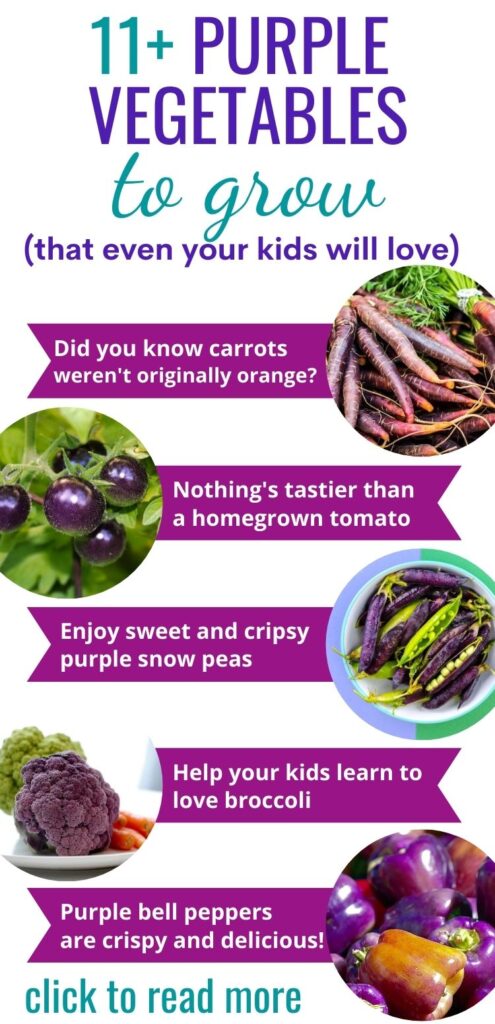
Natasha Garcia-Lopez is an avoid home-gardener and proud owner of 88 acres of land in rural West Virginia. She was a member of the Association for Living History Farms and Agricultural Museums for many years and is currently enrolled in the Oregon State University Master Gardner Short Course program so she can better assist you with your gardening questions.She holds a certificate in natural skincare from the School of Natural Skincare.

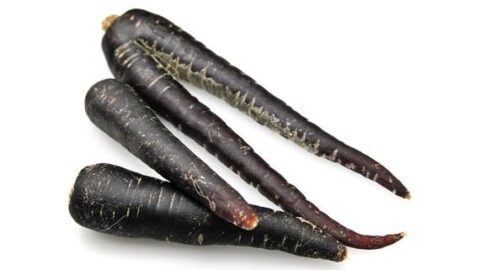

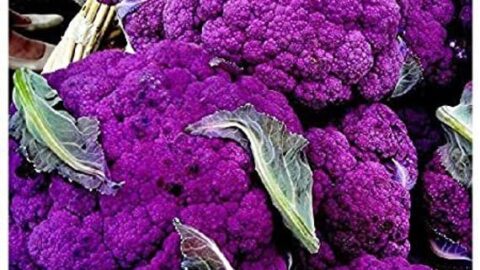

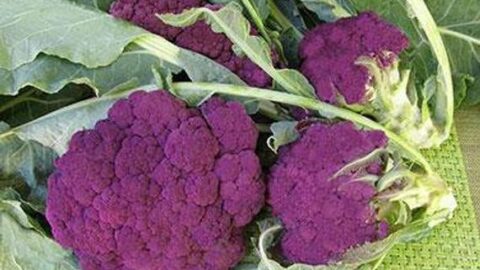
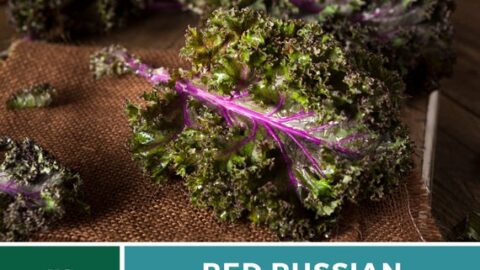
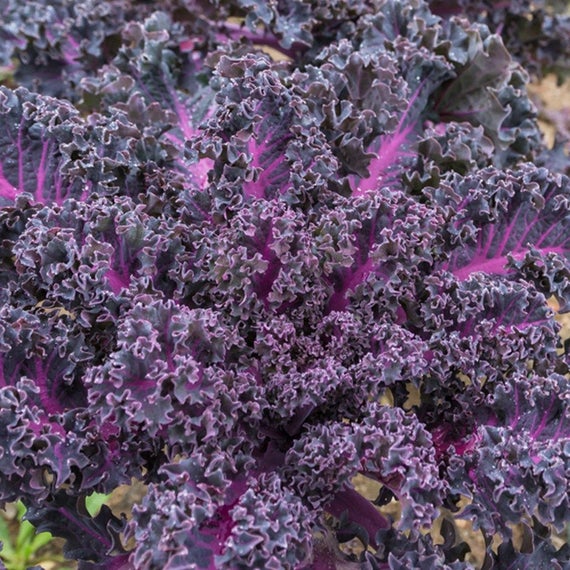
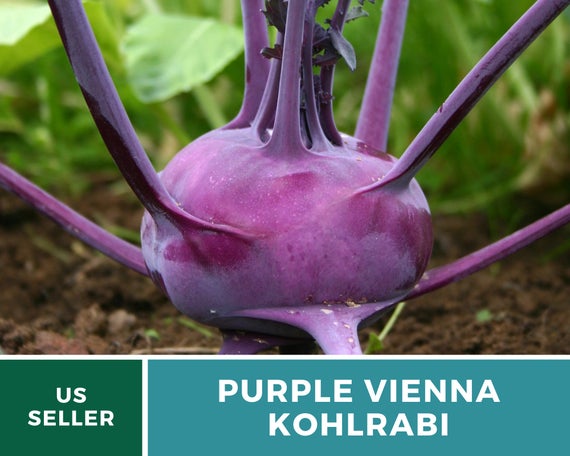
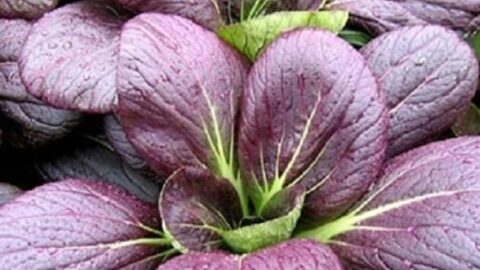

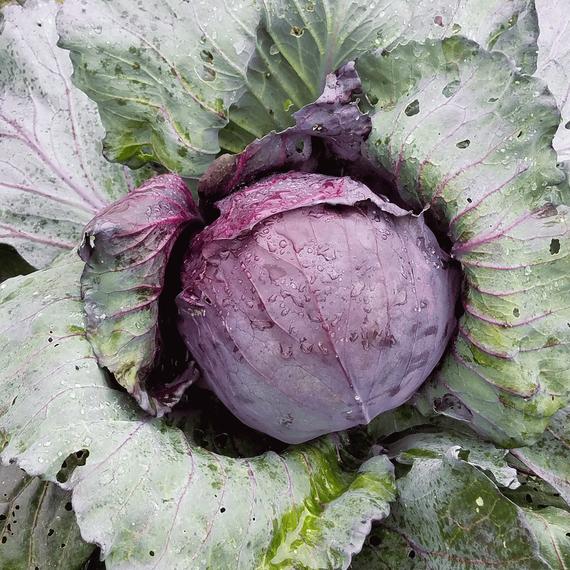
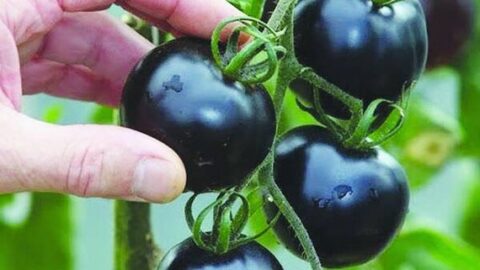
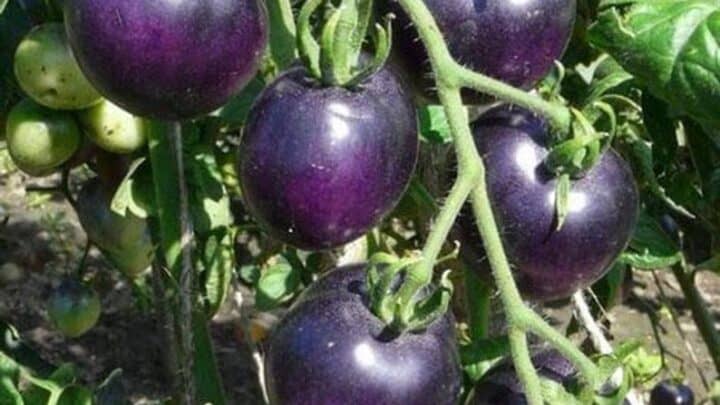
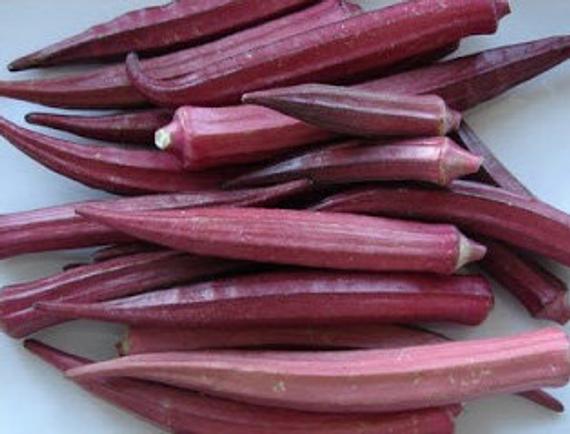
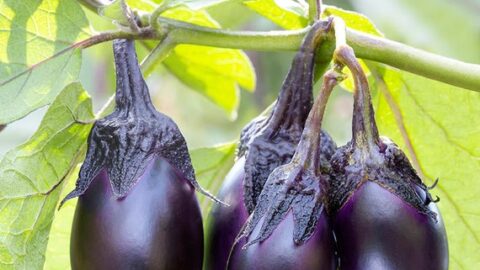
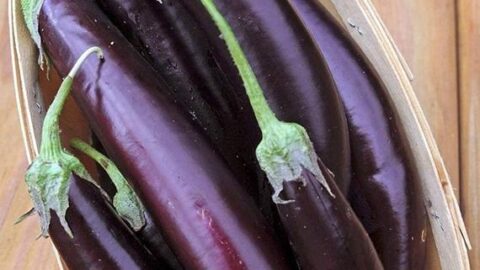


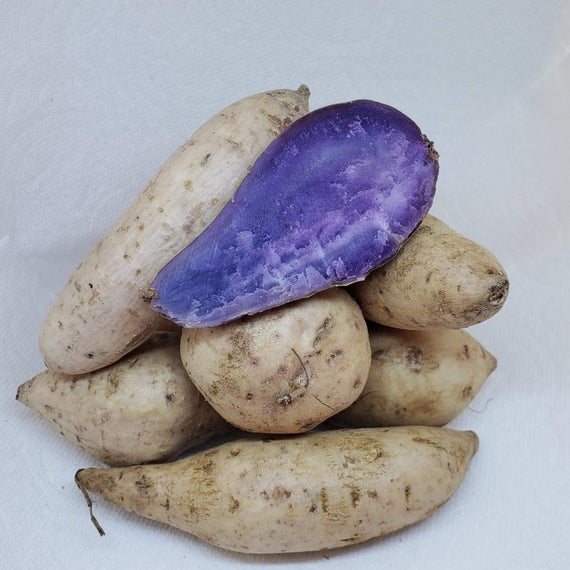
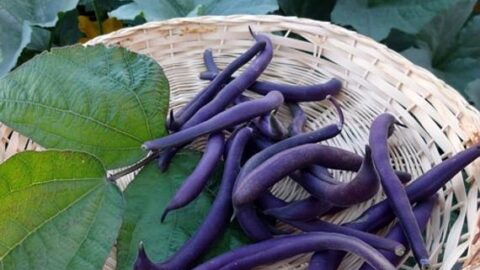
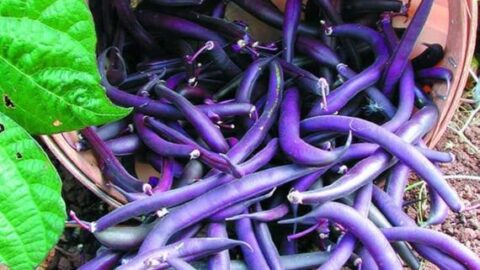
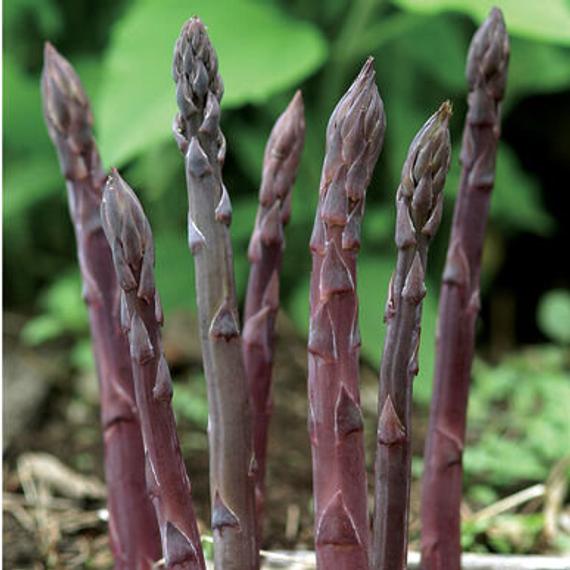

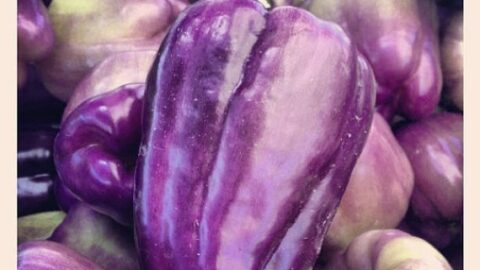
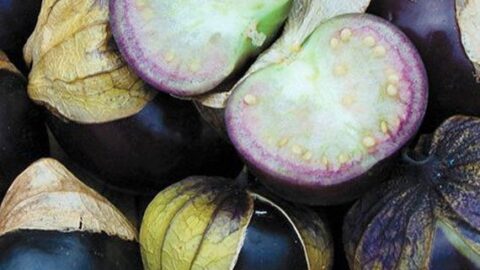
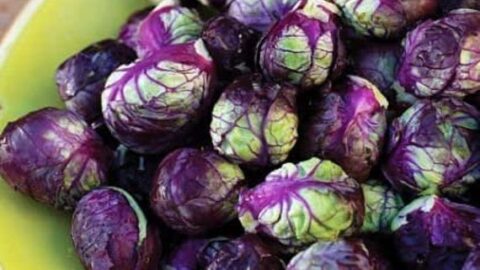
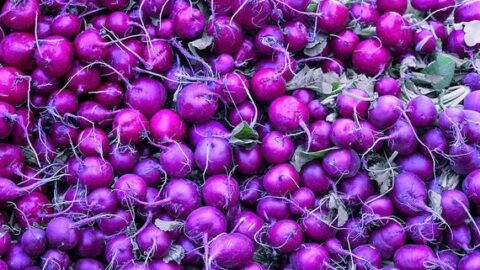

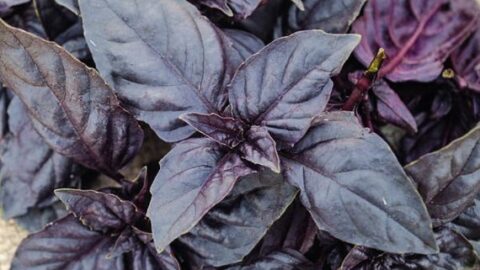

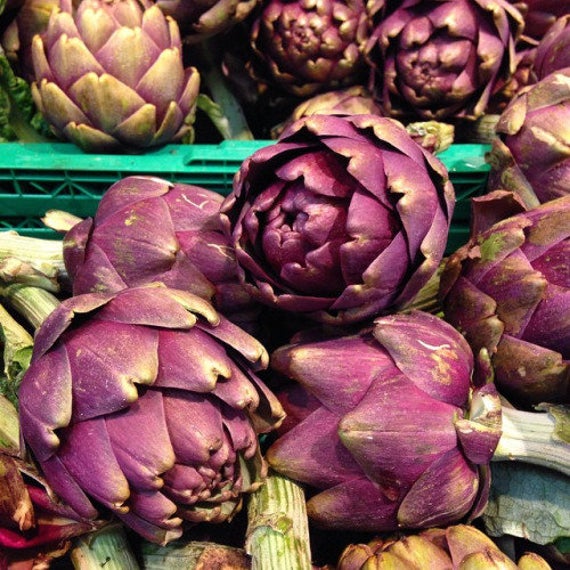

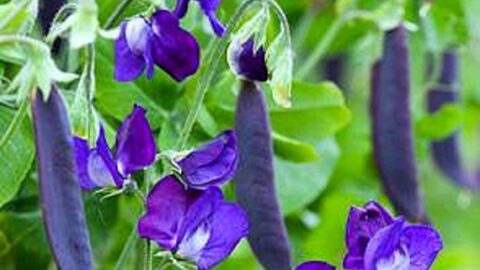

Leave a Reply